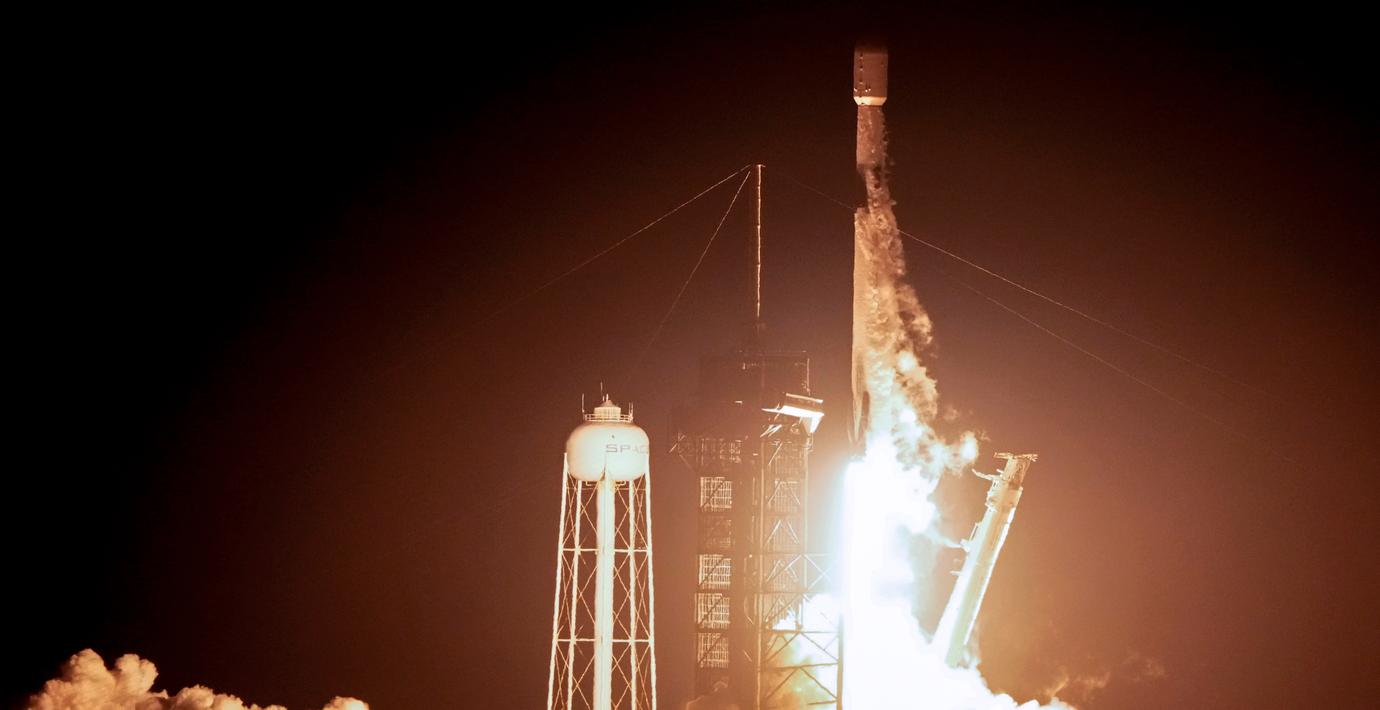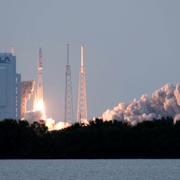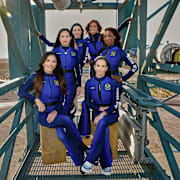
Landaren ”Odysseus” har lyft – ska nå månen
Intuitive Machines har skjutit upp månlandaren ”Odysseus” med en raket från Cape Canaveral i Florida i USA vid 07.05 svensk tid på torsdagsmorgonen.
En video från uppskjutningen visar raketen lyfta från rymdbasen, till synes utan stora problem.
Raketen har konstruerats av Elons Musks Space X och förhoppningen är att den ska bli den första kommersiella rymdfarkosten att landa på månen.
För bara en månad sedan misslyckades en amerikansk månlandare med att nå månen. Bakslagen har fått experter att ifrågasätta Nasas planer på att landa människor på månen 2026.
Ombord på Intuitive Machines månlandare finns förutom forskningsutrustning också ett arkiv över mänsklig kunskap om månen och 125 skulpturer av konstnären Jeff Koons.
Om uppskjutningen går bra väntas ”Odysseus” försöka landa nära månen sydpol den 22 februari.



